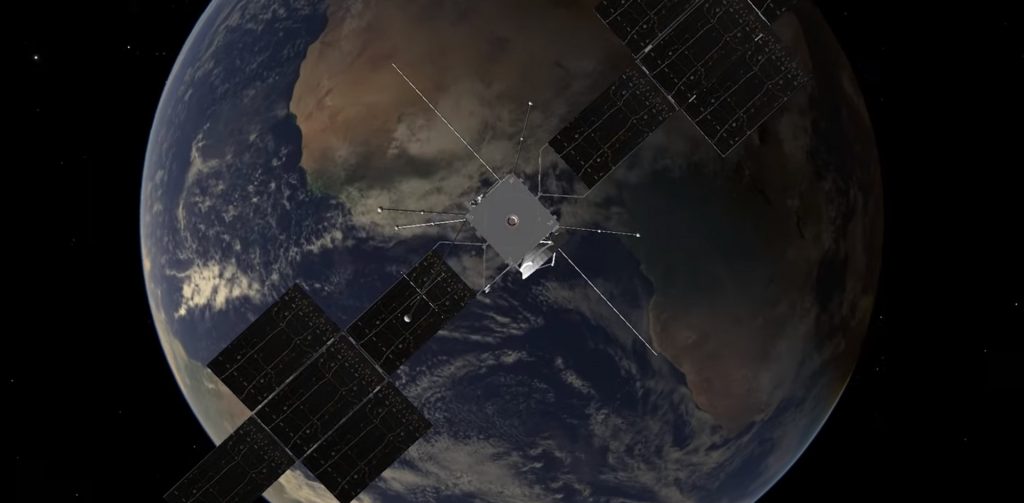If you think three days of travel is a long time to get to the moon, you don’t know which one is juice probe will take 8 long years to reach the parts Jupiter. Departure has been scheduled between April 5-25 2023meaningsESA – European Space Agency He will reach Gas Planet in July 2031 and then visit Ganymede in 2035.
The mission is exciting, full of interest in a part of our solar system that we know very well, yes, but not enough. It will come back to Jupiter Ice Explorer satellites – juice, in fact – explore those areas carefully to discover the existence of any habitable worlds around Jupiter.
Ariane 5 will depart from the spaceport koro, in French Guiana (between Brazil and Suriname, in South America). The rocket will make a few orbits around the Earth and then position itself on its way to Jupiter. Here are all the stages of this wonderful journey:
- April 2023: Juice Release
- April 2023 – August 2024: First orbit around the Sun
- August 2024: A gravitational slingshot between the Moon and Earth (uses a planet’s gravity to change its course, thus reducing propellant consumption). It is the first time ever that the Earth-Moon system has been used: the moon first, then a day and a half after the Earth
- August 2024 – August 2025: Second orbit around the sun
- August 2025: Gravity Launcher with Venus
- August 2025 – September 2026: 3rd orbit around the sun
- September 2026: Gravity Slingshot with Earth
- September 2026 – January 2029: 4th orbit around the sun
- January 2029: Gravity slingshot with Earth
- January 2029 – July 2031: Journey to Jupiter
- July 2031: Arrive near Jupiter
- July 2031: Flight close to Ganymede (12 in total)
- Second half 2031: its entry into the orbit of Jupiter and the first orbital turns
- 2031-2032: Tropical Phase of Energy Reduction
- July 2032: First flight over Europe (from 2)
- July 2032: Callisto’s second flight (from 21)
- July 2032 – December 2034: Orbital tilt phase and energy recovery
- December 2034: Enter Ganymede’s orbit
- 2035: Circular orbit around Ganymede to an altitude of 500 km
- End of 2035: Impact on Ganymede
All the maneuvers planned in these years will allow Juice to do so Data collection and close-up photosfocus on Jupiter, Ganymede, Callisto, and Europe. On the last satellite, for example, there is almost certainly an ocean of water in liquid form under the ice. The probe will search for water and study the geology of the surface and the composition of the thin atmosphere.
Ganymede will receive special attention, as it is the only moon in the solar system to have one magnetosphere: It will be Juice’s job to analyze it in detail with the surface, atmosphere, and subsoil. In 2035, the remaining thrust will not be enough to guarantee orbit around Ganymede, and an impact on grazing is expected.
Juice’s release will also be historic for another reason: after many years of honorable service, Ariane 5 will retire. He was responsible – of all possible examples – for the launch of James Webb Telescope It happened last december.

“Internet trailblazer. Travelaholic. Passionate social media evangelist. Tv advocate.”







More Stories
Puerto Torres, Night for Hooligans: Don Sana's gymnasium and school were destroyed
Going to Mars While staying in Turin, the Space Festival kicks off
Watch the future “collision” between the Andromeda Galaxy and the Milky Way, the video is incredible